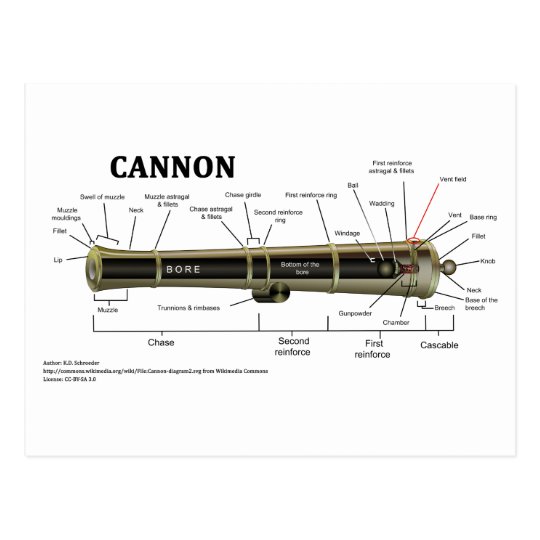
Message in a Bottle Second Edition
PAGES
- Front Page - Message from the Editor
Page 2 - Global Event Gossip
Page 3 - Cannons and Corrinades
Page 4 - Articles of Avonmora: Treasure Hunting & Meet The Crew
Page 5 - Historical Lookback
Page 6 - Special Bulletin: Fantasy Draft VIII
Cannons and Corrinades:

from Sir Gilbert Blane Born Scotland, [1749-1834] Father of Naval Medicine.
'When ships in action are opposed to each other at a small distance, the velocity of cannon balls is so great, that in penetrating a ship's side, few or no splinters are torn off; and by these more men are commonly killed and wounded, than by the ball itself. For the same reason, a close shot does less damage also to the ship itself, than a distant one; for a quick-flying ball makes an aperture less than its own diameter, whereas a spent one produces innumerable deadly splinters, at the same time shivering [splintering] the object it strikes, and making wide and extensive rents in it.
The proportion of the wounded to the killed, is also greater in distant than in close fight, on account of the great number of small splinters; and we have an experimental proof of this, in comparing the action in Fort Royal Bay in April 1781, with this near Dominica in April 1782.
In the former, the enemy having kept far to windward, and engaged at a great distance, the proportion of the wounded to the killed was considerably more than four to one; whereas in the latter, where the greater part of the battle was close, the proportion of the wounded to the killed, was little more than three to one.
At Trafalgar we know Victory suffered 57 killed and 102 wounded. But the number of splinter wounds is but not 96 of 102 casualties—including nine of the 11 amputees—survived. Scott, Nelson’s secretary (whose blood covers Nelson’s preserved uniform) was killed by a shot that injured 5 men with splinters early in the battle. So clearly splinters were important, but their significance is hard to determine from available data. Splintering could have been enhanced by double-shotting or when available in the 19th century, hollow shot (shells were often hollow shot as they were so often blinds).'
A good video of carronade use is at:


QUIZ: Name That Ship Answer
Answer: HMS Victoria
Here is a link to the full story:
https://www.militaryfactory.com/ships/d ... MS-Victory
Argo has really messed this up - lol - so here is another link that will clarify Victoria v Victory.
Apologies.
https://www.navygeneralboard.com/the-si ... -victoria/
